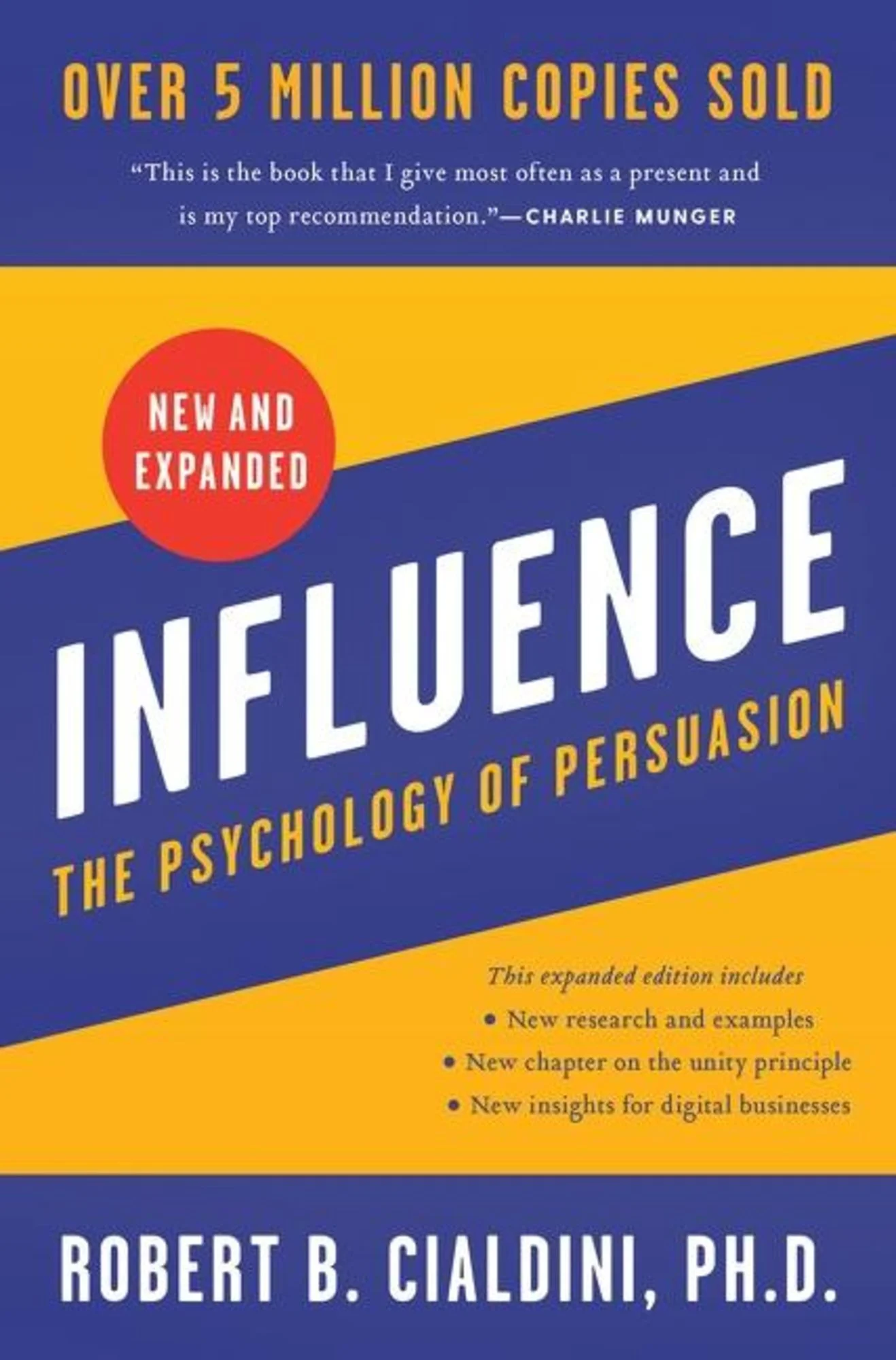 Author: Joachim Dehais, PhD, PMP, TOGAF, CCBA, CPSP
Author: Joachim Dehais, PhD, PMP, TOGAF, CCBA, CPSP
Book Review - Robert Cialdini's Influence New and Expanded
Cialdini is an expert, an expert in compliance? Perhaps. An expert in Influence? It looks like it.
An expert in relativity theory: most certainly. The man bends and stretches space with great skill.

Do not take this to mean that the book is worthless. On the contrary, it contains a lot of good advice.
What it also contains is a lot of convoluted arguments built to surprise you with the obvious, anecdotes and references to justify arguments that didn't need it, and rehashing of the greatest order.
After 450 pages that could have been 50, here is a review to justify my advice of reading an abridged version, abridged by someone else.
Influence is a book about all the ways in which we can increase agreement from others using tips and tricks, from the most honest, to the most dishonest.
To be honest, in fact, it would take extreme task orientation to be unswayed by the methods in this book. What may even be described as being on the autism spectrum.
The book begins with a short and sweet introductive chapter describing pull-and-release tactics, negotiation anchors, as well as preferential attachment.
Follows with a chapter on reciprocation, and how little gifts can spiral into great benefits, even by staging failures to have opportunities to make gifts. In this chapter we also expand on the pull and release method in negotiations.
The chapter on social proof is perhaps the most important. With elements such as Multi Level Marketing, the ease of accepting and difficulty of rejecting offers by close ones, as well as leveraging the grapevine, it holds solid elements to improve your stakeholder management. It also develops on the preferential attachment principle without naming it, or why using good pictures makes others like our ideas more, and how isolating people makes it easier to get compliance.
The chapter on authority, although mildly offsprung from social proof, tells of the effect of social hierarchy, and how it brings natural compliance. It describes how to use titles, the halo effect, and imperfect reviews, and external signs of success to gain easy compliance. Thus, it explains the big gars, rolexes, fancy suits, and the most careful control of image that we see, including on linkedin and in corporate competition.
Scarcity is another great chapter, though it devolves into more social competition and proof. This "principle" is all about loss aversion (2-3 times stronger than desire for more) and competition (social proof/status). By applying the idea of scarcity or exclusivity, in time, in stock, in features, in products, in geography, we can gain interest. Even more interesting, claiming that products or information about products is banned seems to increase the perceived trustability, testifying to the modern social distrust. These elements can be used to tremendous effects together to bring snap decisions.
The section on commitment and consistency, while great, is where coherence flies out the window in an effort to reach warmer shores. Here the author entirely bypasses the difficult relation between consistency and discipline. Nevertheless he makes good points on our drive to consistency, and how when we give small commitments, we become increasingly susceptible to agree for the sake of it. You may know this as the "foot through the door" technique. Here we see another issue: should we pull and retreat, or slip through the door? There is no clear view on where which works, or how they play together. The social part of consistency is also effectively described, particularly how publicising commitments forces people into compliance, such as was the cast in communist camps, or in religious sects, or... in vendor lock-in.
The section of unity, new in the expanded edition, feels exactly that, botched. A major rehash of the section on social proof, and a weak adaptation of scientific research on in vs out group preference. Its advice is visible in many team building events done in bad faith, and finishes with a weak tirade on world peace which was probably mandated to appeal to a new crowd.
The last section on the digital age was also slapped right on top, with more elements of social proof and social media that would better fit before.
Overall, I hate having had to spend so much time on such low quality writing and composition, but I still recommend reviewing the content. And for this I recommend you to find an abridged version, to reward the content, but not the form. For an ultra condensed version, just ask me for my notes!